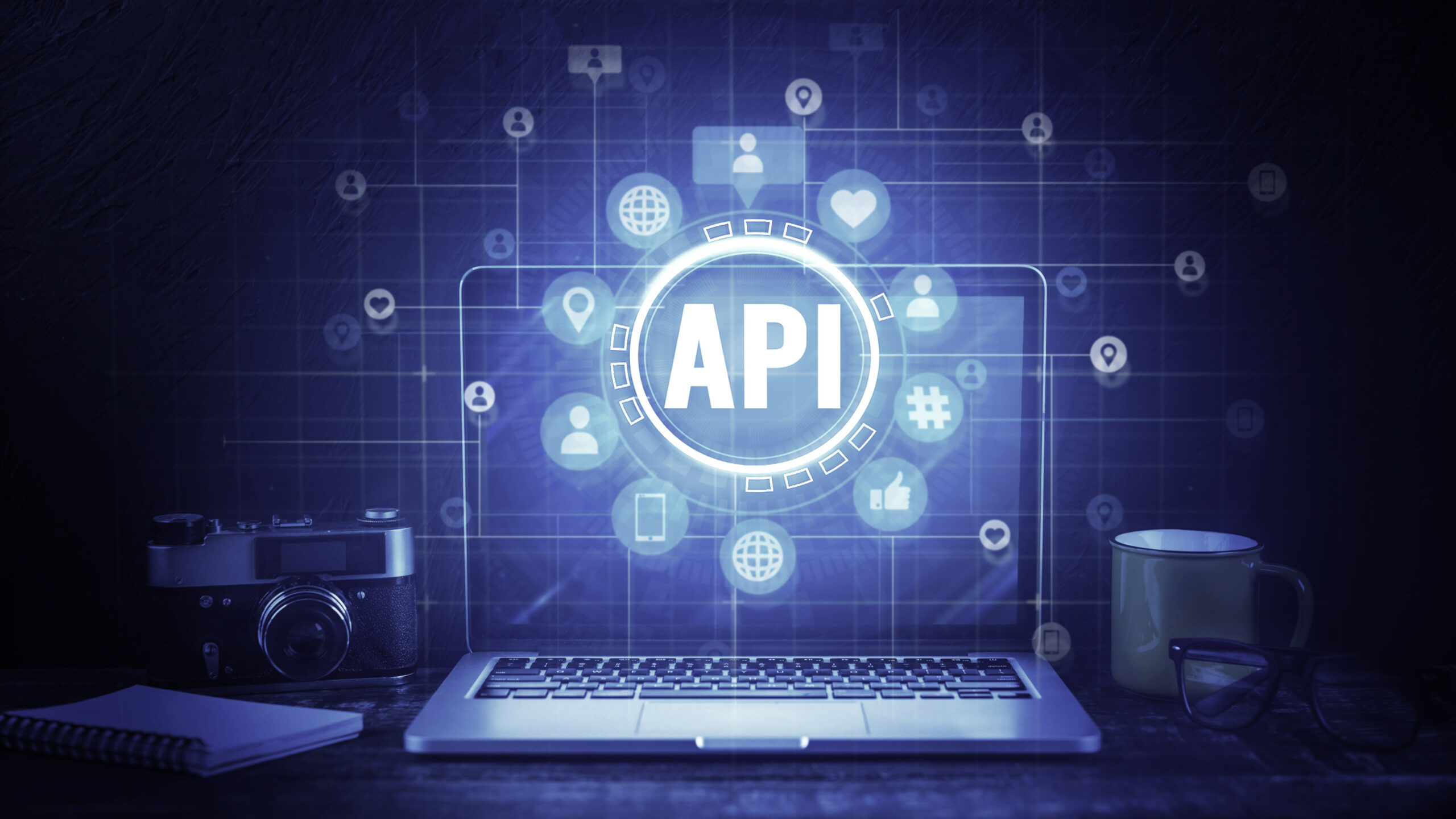How APIs Work
APIs work by defining a set of protocols for how software systems can communicate with each other. When a request is made (for example, when a customer calls into a contact center), the system uses APIs to pull relevant data from a database or CRM, display it to the agent, or trigger automated actions. Here's how an API typically functions in a contact center:- Request: An external application (e.g., a CRM or communication platform) sends a request to the API.
- Processing: The API processes the request by accessing data or triggering an action based on the instructions defined in the API's protocols.
- Response: The system delivers the requested data or performs the desired action, like routing a call or updating customer information.
Types of APIs
- Web APIs allow communication between applications over the internet, often using protocols like HTTP or HTTPS. Examples include REST (Representational State Transfer) and SOAP (Simple Object Access Protocol).
- Library APIs offer predefined functions or procedures that can simplify coding tasks in software development.
- Operating System APIs allow software applications to interact with the underlying operating system (e.g., file systems, networking functions).
- Database APIs provide access to databases, allowing applications to retrieve, add to, or modify stored data.
Benefits of APIs in Contact Centers
- System Integration
- Automation
- Customization
- Scalability

